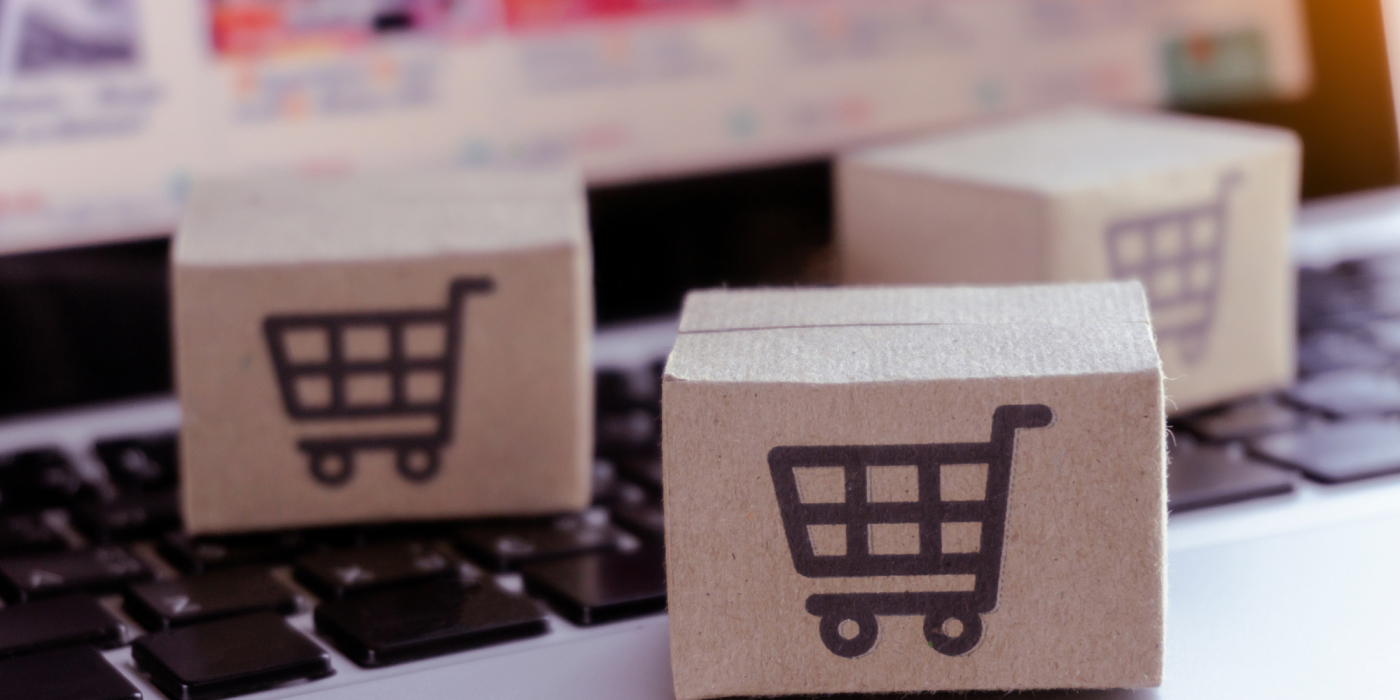4 Takeaways from the 2023 Holiday Season
With the holiday season behind us, it’s the perfect time to look back on the top trends of the season. Online shopping hit new records as consumers took advantage of big discounts. Shopping is growing across more channels and emerging technologies are transforming the shopping experience.
Here’s a look at four takeaways from the 2023 holiday season.
Shoppers Spend More Time and Money Online
Shoppers spent more time exploring retailers’ websites and viewing personalized recommendations this past holiday season. Online shoppers viewed 22% more pages on retailers’ websites per visit during the Cyber 5 in 2023 than they did in 2022, according to data from the eCommerce personalization platform Nosto. Shoppers also spent 10% longer on each page. Compared with the same period in 2022, online shoppers were more than five times as likely this year to click on retailers’ on-site product recommendations. They were 81% more likely to click on personalized content that retailers showed on their eCommerce sites.
Online spending rose 4.9% year over year, setting a record for eCommerce during the holiday season, as shoppers took advantage of record-high discounts and leaned on buy now, pay later to cover more of their purchases, according to Adobe Analytics. Sales totaled $222.1 billion on retailers’ websites and apps from Nov. 1 to Dec. 31, according to Adobe. Deep discounts along with lower online prices helped fuel sales.

Mobile Shopping Reaches Major Milestone
Consumers have become more comfortable using their phones to shop for holiday gifts. For the first time, holiday shopping on mobile devices exceeded desktop-based eCommerce, including nearly two-thirds of what was purchased on Christmas Day. Fifty-one percent of online sales from Nov. 1 through Dec. 31, and 63% of web-based purchases on Dec. 25, came via mobile devices, up 4.9% from last year, according to Adobe.
Mobile applications enable retailers to create more buying opportunities, increase customer engagement, and offer easier access to services such as loyalty programs and delivery and fulfillment services. Mobile applications come in handy especially during the holidays, enabling time-pressed customers to quickly and seamlessly take care of their shopping needs directly from their mobile devices.
Artificial Intelligence Enhances the Shopping Experience
Artificial intelligence (AI) is playing a bigger role in how consumers decide what to purchase, and in how retailers facilitate those purchases. In addition, sellers use AI to improve customer service and fulfillment efficiency. AI influenced 17% of all online orders made in November and December and accounted for $194 billion in sales over the holiday season, according to Salesforce. Predictive AI for product recommendations was the most common use case for the technology. As the technology matures, it makes better recommendations that consumers actually use.
Consumers also showed increased interest in using AI during the holiday season and had high expectations for the quickly-evolving technology. Eighty-eight percent of consumers said they would use AI in some way for holiday purchases, according to a Talk Survey poll in November. including chatbots and personalized recommendations. Consumer experience with AI in the 2023 holiday season might have implications for future uses as 68% of online shoppers say they would lose trust in a brand if it gave them poor recommendations.

Retailers Make Fulfillment and Delivery Easier
Customers continued to use various fulfillment and delivery options to save time and minimize delivery delays during the holiday season. Curbside pickup fulfillment was used in 18.4% of online orders during the 2023 holiday season for retailers that offer the service (vs. 21% in 2022). Curbside pickup peaked from Dec. 22 to Dec. 23, driving 36.8% of online orders, according to Adobe. Retailers have been investing in enhancing and expanding their fulfillment and delivery capabilities to accommodate growing customer demand, increase operational efficiency, and shorten delivery times.
Walmart and Target have been investing in warehouse upgrades, new facilities and other efforts to help them modernize their fulfillment networks, reduce costs, and improve delivery speeds. Walmart uses over 4,000 of its stores across the country as fulfillment centers and delivery hubs for online orders. The company is also automating its warehouses to help speed up delivery to stores and customers. Target is expanding its delivery capabilities through new sortation centers which receive packages for online orders from 30 to 40 surrounding Target stores that are then sorted, batched and routed for delivery to local neighborhoods.
Retailers that keep these trends in mind will be better prepared for next season. As shopping grows across digital channels, implementing new technologies will help retailers elevate and personalize the customer experience. Expanding fulfillment and delivery capabilities enables retailers to ensure fast, reliable and convenient same-day services during the holidays and throughout the year.
For more information about how our delivery management solution can help you manage your delivery operations more efficiently, please contact info@bringoz.com.
